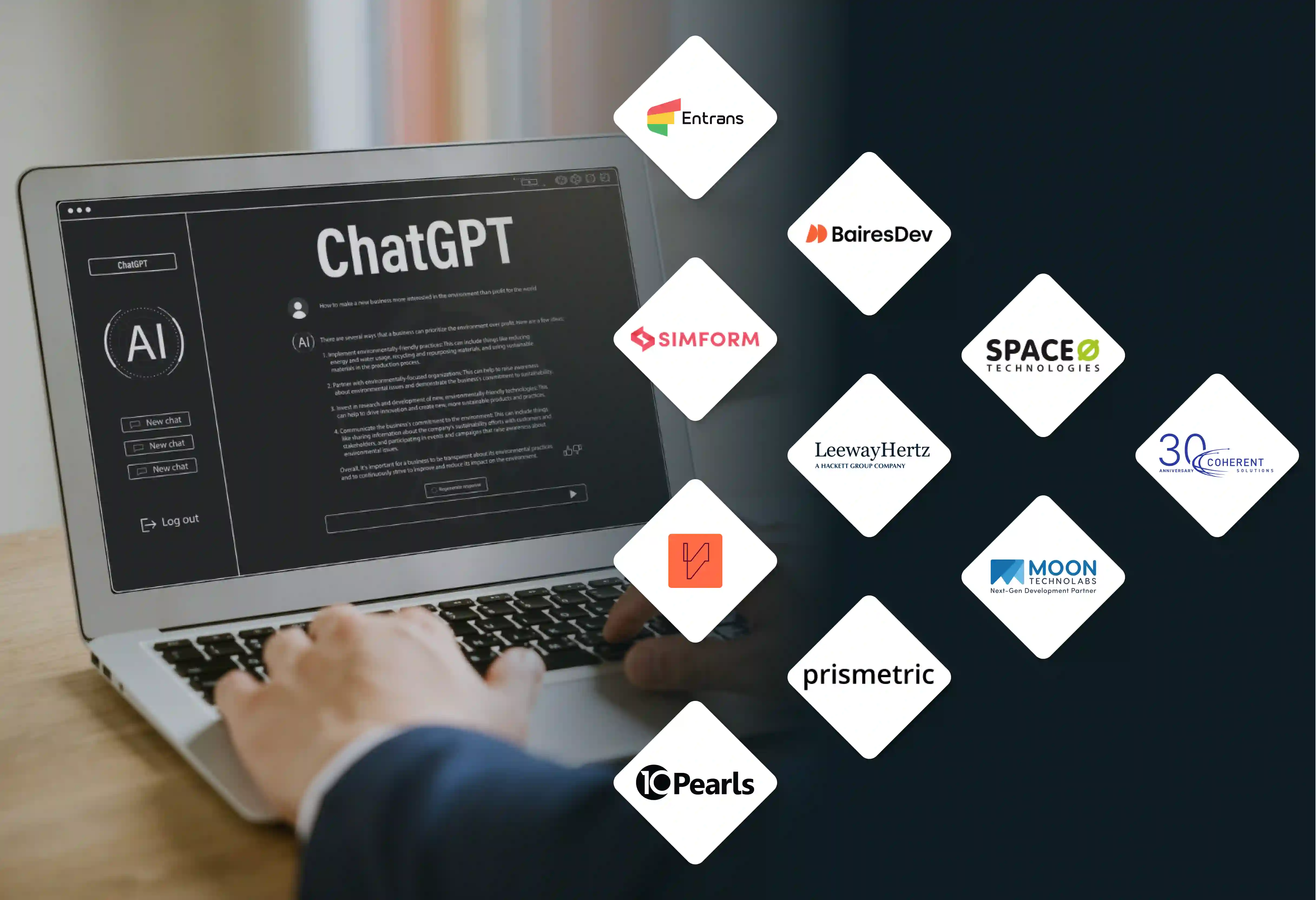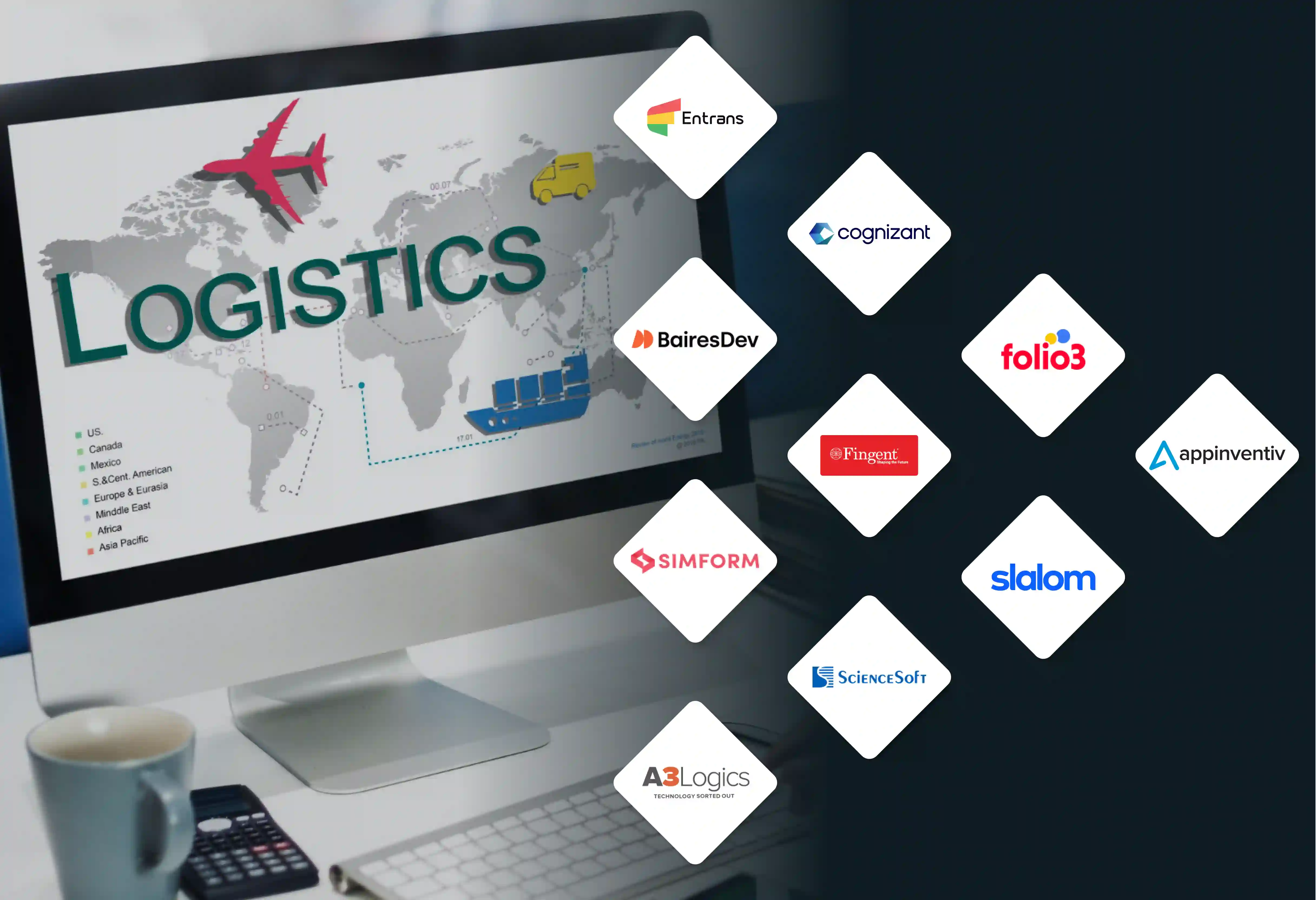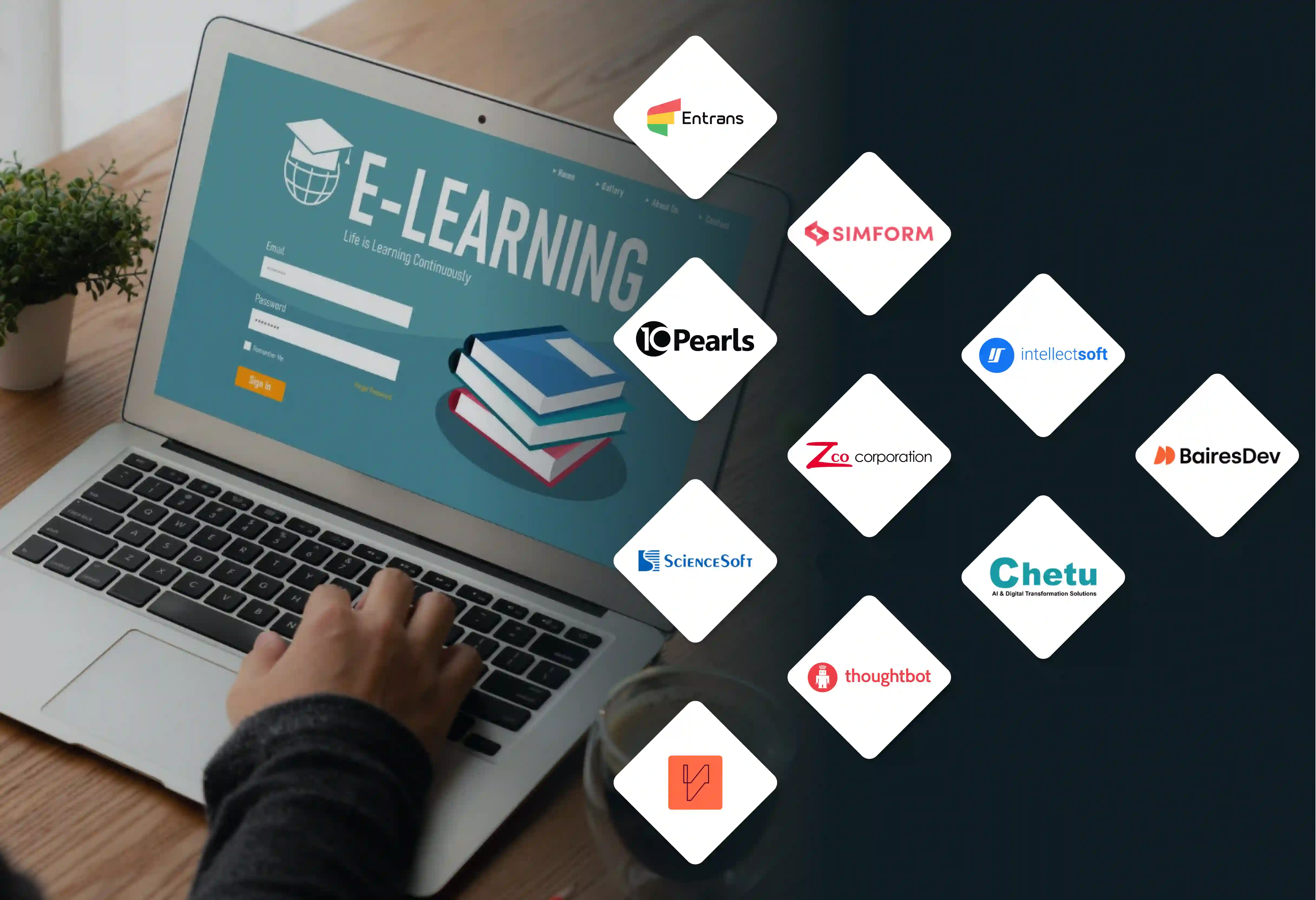
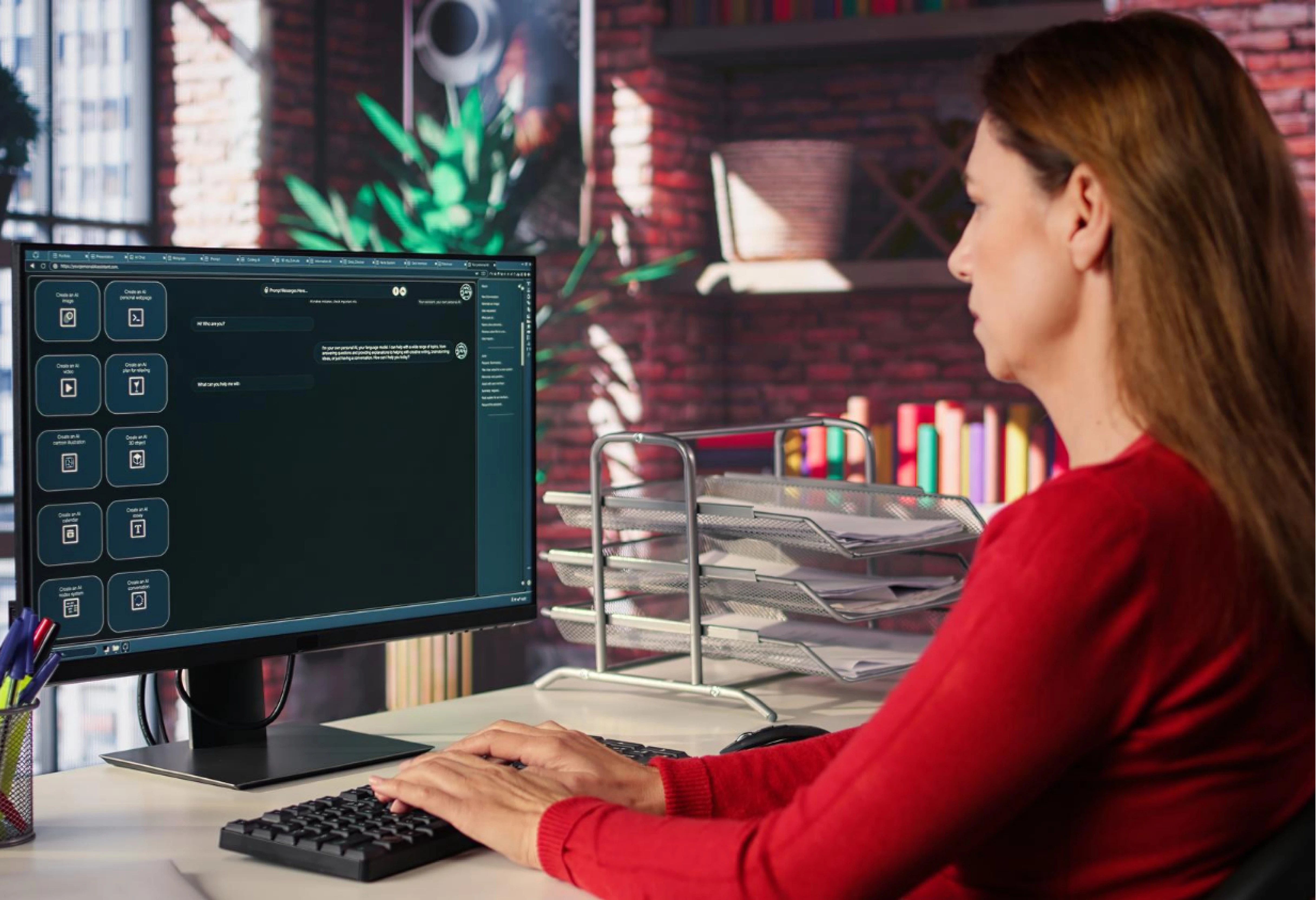

Many developers feel constrained by rigid development cycles. In fact, documentation can sometimes stifle creativity. Vibe coding, on the other hand, presents a different way to work. With this method, developers can ship features.
They can also build out prototypes based on intuition. This work generally happens in a deep, focused state of concentration.
Ultimately, vibe coding is a powerful way of thinking. This guide will walk you through what is vibe coding. In addition, it shows how you can use it for innovation and faster development.
Vibe coding is a fluid and intuitive way to develop software. It is quite different from highly structured methods like Agile or Waterfall. This technique prioritizes the developer’s instinct for the project above all else.
A developer carries out vibe coding by writing with a main goal in mind. In doing so, they draw upon their intuition. They figure out how different parts should connect and work together.
This technique is most common for rapid prototyping. It is also frequently used for creative coding. Furthermore, you will see it in game development jams and personal projects. In these situations, speed of iteration and innovation are more important. They are considered more valuable than enterprise-grade stability in the initial stages.
Vibe coding is not just about randomly typing code. Instead, it is a creative activity that can be broken down into a few key phases. The top two aspects are, one, getting into a state of deep concentration. Secondly, it involves iterating rapidly based on immediate feedback from the code itself.
This feedback does not come from a project manager.
Vibe coding relies on the developer's accumulated experience. A senior developer can work out a solution to a complex problem with this technique.
This is because their intuition is built on years of solving similar problems. As a result, the work often follows a cyclical pattern of exploration and refinement.
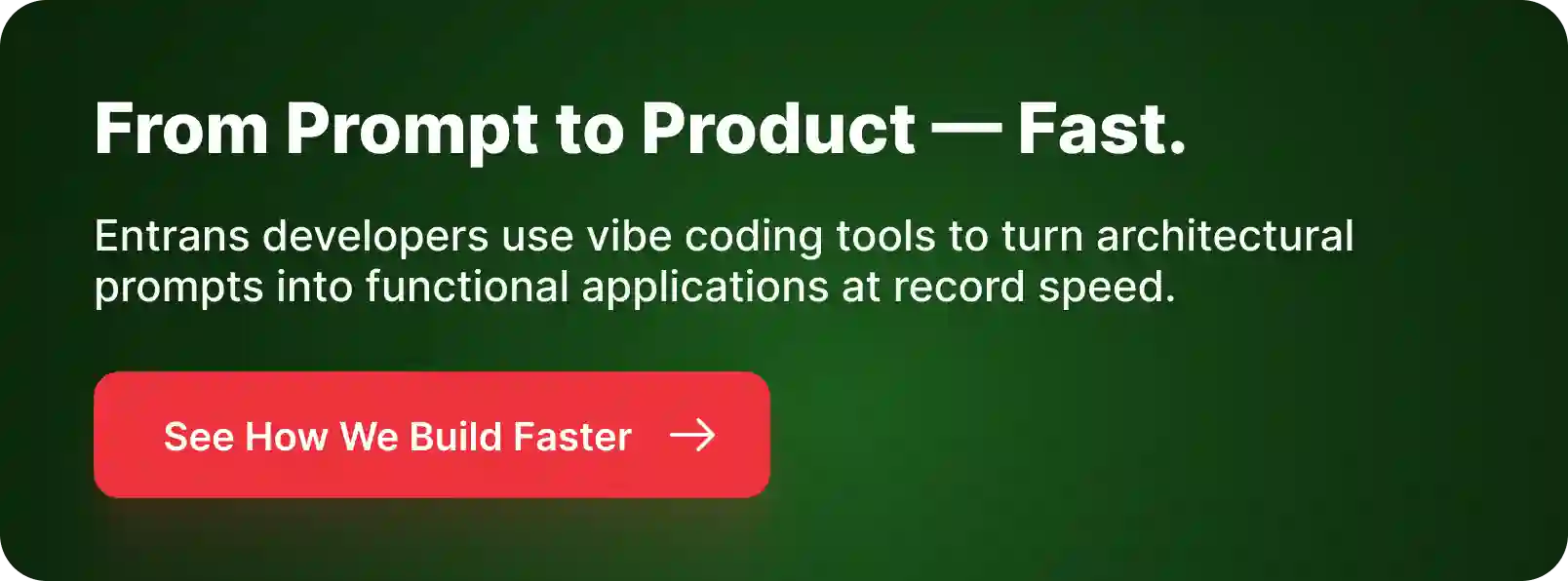
In simple terms, when compared to traditional, process-driven coding, vibe coding is much faster for initial drafts. However, it can be more challenging to scale up and maintain later on. In more detail, here are their main differences:
Vibe coding is not about a specific technology stack. Rather, it is about a set of vibe coding tools that support speed and immediate feedback. They also help with uninterrupted work. The best tools get out of your way and let you create.
Recently, AI assistants and vibe coding tools have become very popular for this style of work. They can speed up the process of turning an idea into code.
Read-Eval-Print-Loop environments are central to Vibe coding. This is because they give instant feedback.
New platforms are also appearing all the time. They are designed to make development work faster and more collaborative.
For certain problems, the ultimate form of vibe coding is not to write code at all. These platforms let developers turn a general feeling into a functional app.
This may sound experimental. Nevertheless, at Entrans, we have combined vibe coding into our main innovation and product discovery activities. This has proven its value time and again in a demanding business environment.
By using vibe coding in these controlled contexts, Entrans connects creative intuition with business-level execution.

This may seem counterintuitive for large companies. However, using vibe coding in specific areas can unlock significant advantages.
Vibe coding has its benefits. Still, using it without understanding its drawbacks can be risky. This is especially true in a business context.
It is important to follow some vibe coding best practices. This lets you use the power of vibe coding. It also helps you lessen its risks.
You should treat vibe coding as a specific activity. It needs a firm time limit. Set a clear goal, like building a login prototype.
Also, set up a deadline, such as by the end of the day. This cuts down on endless adjustments. It also keeps the activity productive.
After a vibe coding session, you should take the time to document key results. You should also write down the decisions made.
Explaining the "why" behind the final prototype is also helpful. A short video walkthrough or a brief summary is often more valuable. It is better than trying to retroactively document the creative activity.
The most important skill is recognizing when a project has proven its value. The project then needs to move on. It must go from an intuitive stage to a structured one. At this point, the prototype serves as a reference. The feature should then be rebuilt with a proper system design, testing, and documentation.
You should use Git even if the work is fast-paced. Commit your work frequently with descriptive messages.
This gives you a safety net. In short, it lets you easily go back to a previous state if an experiment goes wrong.
As software development and vibe coding programming continue to change, the principles of vibe coding are becoming more accepted. In fact, we are seeing the rise of what could be called VibeOps.
Vibe coding is more than just a quirky term. It is a recognition of the human, creative element in software development. It is certainly not a replacement for the discipline needed to build stable, scalable systems.
However, ignoring it means you are not using one of your most powerful assets. That asset is your team's intuition.
You can use vibe coding strategically. It can be used for innovation, prototyping, and problem-solving. At Entrans, our frontend, backend, and cloud architects have been moving towards vibe coding for some time now.
Want to work with an agile and experienced Vibe coder? Book a free consultation call!
To put it simply, vibe coding is an intuitive and fluid way of writing software. It prioritizes a developer's state of concentration, creativity, and gut feeling. It values these things more than rigid plans and work systems. Consequently, it is often used for rapid prototyping, creative projects, and looking into initial problems.
It differs mainly in its work systems, planning, and documentation. On one hand, traditional methods like Agile are structured and planned in detail. They are also heavily documented. Vibe coding, on the other hand, is flexible and minimally planned. Documentation is a low priority. The main goal is rapid iteration that is guided by the developer's instinct.
The main benefits include a great increase in development speed for initial versions. It also brings about improved creativity, which leads to innovative solutions. On top of that, other benefits include higher developer engagement and job satisfaction. It also lowers financial risk by making it possible to carry out cheap, fast experimentation.
To get started, you can pick up a small, personal project. You could also work on a low-risk internal tool. Select a lightweight editor. Then, set a clear but flexible goal. Be sure to limit your session time to maintain your attention. Prioritize getting a working version over a perfect one. Above all, be open to experimenting and following your intuition.
Generally speaking, the best tools are those that give you speed and immediate feedback. This includes AI assistants like GitHub Copilot and Cursor. It also includes interactive environments like Replit and browser consoles. Creative coding libraries and even low-code
platforms are also useful vibe coding tools to look into.
Some real-world applications include building out interactive prototypes for client feedback. They also include putting together proof-of-concept models to test out new technologies. Other uses are developing internal vibe coding tools to automate workflows and designing entries for competitions like game jams or hackathons.
In its raw form, it can result in lower quality. This can affect scalability, maintainability, and stability. However, it can be used for the initial creative phase. If the code is later refined using traditional methods, it can lead to a higher quality final product. In that case, the product may be more innovative and better suited to user needs.
The main limitations are a lack of scalability. There is also poor documentation. Furthermore, it can create technical debt. It also has a high dependency on the skill and experience of the individual developer. For these reasons, it is not suitable for large, mission-important systems without a significant amount of rework.
It encourages a more complete and exploratory way of solving problems. This method is also non-linear. For example, a developer might not break down a problem into tiny, sequential tasks. Instead, they might try to build the entire system in a rough state. They do this to get a feeling for how the parts interact. This method makes it possible to change direction and make discoveries that a rigid plan would not.
They are in fact closely related. You can think of low-code platforms as a tool for vibe coding. They let a person turn a general feeling or business logic into a functional application quickly. They do this by hiding the underlying code. In the end, both methods prioritize speed and high-level logic over low-level technical details.




